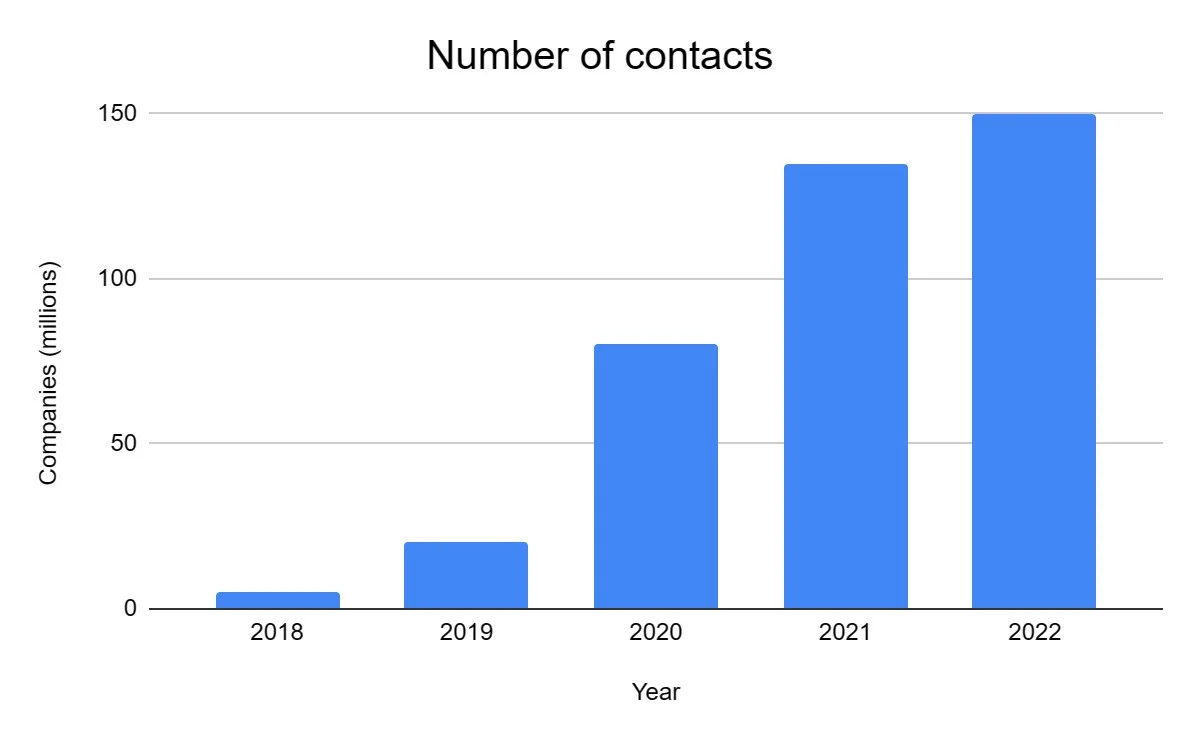Like in the hotel example, resources can come and go easily and quickly, as long as there is room for them. DevOps methodology and cloud solutions are two key trends and the future in terms of digital transformation of businesses. The very nature of cloud computing means that resources are often shared among multiple users. difference between elasticity and scalability While scaling up allows you to better service these users, it also represents a greater opportunity for inter-user violation. This underscores the necessity for partitioning measures that keep user activity isolated from one another. Another prominent case is Coca-Cola, one of the largest beverage corporations globally.
It’s been ten years after NIST clarified the difference between Elasticity vs. Scalability. But the definition of scalability and elasticity in cloud computing is not complete without understanding the clear connection between both these terms. To determine the correct size solution, continuous performance testing is essential. IT administrators must continuously measure response times, number of requests, CPU load, and memory usage.
Designing Software Using Clean Architecture: Domain-Driven Design
But autoscaling is not a long-term solution, and additional analysis, design and implementation costs are required to fundamentally solve the scalability issue. As the system grows, the number of users increases, the feature requirements increase, and thus the resource consumption increases as well. In this case, resources refer to CPU, but it can be applied to other resources, such as memory, response time, etc. Storage admins must know the minimum requirements for any system they expect to use.

Therefore, in order to design the right approach we have to know them and recognize their properties. In this article, we will talk about what scalability and elasticity are and how to treat the symptoms. Still others can optionally scale capacity, performance or both separately — an important aspect of many scale-out systems and services. AWS, Microsoft Azure, Google Cloud, or other providers can easily ramp up servers to stream the exciting conclusion to your expensive Superbowl ad. On the other hand, on-premises IT would be inherently less efficient if it had to maintain capacity sitting idle, just in case Dr. Oz were to make mention of your product on air, driving millions of orders overnight. Businesses are investing heavily in cloud computing resources, and professionals with the right set of skills are much in demand.
Javatpoint Services
Cloud scalability in cloud computing refers to increasing or decreasing IT resources as needed to meet changing demand. Scalability is one of the hallmarks of the cloud and the primary driver of its explosive popularity with businesses. This increased speed can lead towards faster iterations and an overall improvement in business adaptability—characteristics inherent in scalable systems. Containers, often used synonymously with Dockers, have revolutionized the field of cloud computing.
Sky-High Hurdles, Clouded Judgements for IaaS at Exascale – The Next Platform
Sky-High Hurdles, Clouded Judgements for IaaS at Exascale.
Posted: Wed, 27 Sep 2023 07:00:00 GMT [source]
On the other hand, cloud scalability involves resource expansion on a more persistent level to meet static workload growth. The two work in conjunction and collectively reduce costs while ensuring that customers receive the same digital experience regardless at all times, now and into tomorrow. To effectively manage elastic scaling and enable scalability in cloud computing, one needs servers, enough data storage capacity, networking elements, among others.
Example of cloud scalability
We delve into their definitions, benefits, types, and roles they play in emerging technologies. We also discuss the cost and security implications of effectively implementing these characteristics in a cloud environment. As more and more organizations look to hybrid cloud environments, scalability and elasticity needs can delineate which services belong in a public cloud environment and which can be handled by the enterprise. Scalability and elasticity offer a cost-effective and agile way to manage workloads. Scalability is great for businesses that need to manually manage resources, while elasticity is ideal for businesses with constantly fluctuating usage patterns due to its automation scalability.
When it comes to achieving elasticity and scalability in cloud computing, security is a critical aspect that can’t be overlooked. Indeed, as systems scale horizontally or vertically, they inevitably become exposed to increased potential threats. As we https://www.globalcloudteam.com/ delve deeper into understanding scalability in cloud computing, we must also appreciate its forms. Myriad sources define the benefits of cloud scalability in two primary ways – vertical and horizontal scaling, and vertical and horizontal scaling.
Advice From a Software Engineer With 8 Years of Experience
Scaling can be done quickly and easily, usually without any disruption or downtime. Lastly, container orchestration solutions like Kubernetes deserve honorable mentions as force multipliers to container-induced elasticity vs scalability benefits realized for complex cloud deployments. It not only keeps track of load variations dynamically but also adjusts container allocations automatically – thus ensuring responsive elastic cloud scaling, without manual intervention. Before delving into their impact on these two fundamental characteristics of cloud computing – elastic scaling and scalability – it’s important to understand what containers are.
- On the other hand, on-premises IT would be inherently less efficient if it had to maintain capacity sitting idle, just in case Dr. Oz were to make mention of your product on air, driving millions of orders overnight.
- When resource usage does not rise linearly, but exponentially, something is wrong.
- Scalability and elasticity are often used interchangeably (and wrongly so).
- When we have increased demand, we can deploy more web servers (scaling out).
While these two processes may sound similar, they differ in approach and style. The versatility is vital for mission basic or business basic applications where any split the difference in the exhibition may prompts enormous business misfortune. Thus, flexibility comes into picture where extra assets are provisioned for such application to meet the presentation prerequisites. As another example, you can configure your system to increase the total disk space of your backend cluster by an order of 2 if more than 80% of the total storage currently available to it is used. If for whatever reason, at a later point, data is deleted from the storage and, say, the total used storage goes below 20%, you can decrease the total available disk space to its original value.
scalability
Now that we’ve gone over scalability and elasticity, it’s essential to understand the differences between scalability and elasticity. Scalability is the ability to add, remove, or reconfigure hardware and software resources to handle an increase or decrease in usage. Elasticity is automatically scaling up or down resources to meet user demands. Such resources include RAM, input/output bandwidth, CPU processing capability, and storage capacity.

The scale-out capacity and performance are limited by the number of storage controllers or nodes the vendor has tested and supports. There are others that can address, support and manage capacity and maintain acceptable performance, regardless of the scale. These systems and services may use flash, storage class memory and high-performance interconnect. The big difference between static scaling and elastic scaling, is that with static scaling, we are provisioning resources to account for the “peak” even though the underlying workload is constantly changing. With elastic scaling, we are trying to fine-tune our system to allow for the resources to be added on demand, while ensuring we have some buffer room.
What is Cloud Scalability?
They must also know what capabilities they want but can grudgingly live without. For example, nondisruptive storage elasticity may be bottom-line essential, while automated storage elasticity may be desirable and a key differentiator between different services. As with so many other IT questions, scalability versus elasticity—as well as owned versus rented resources—is a matter of balance.

